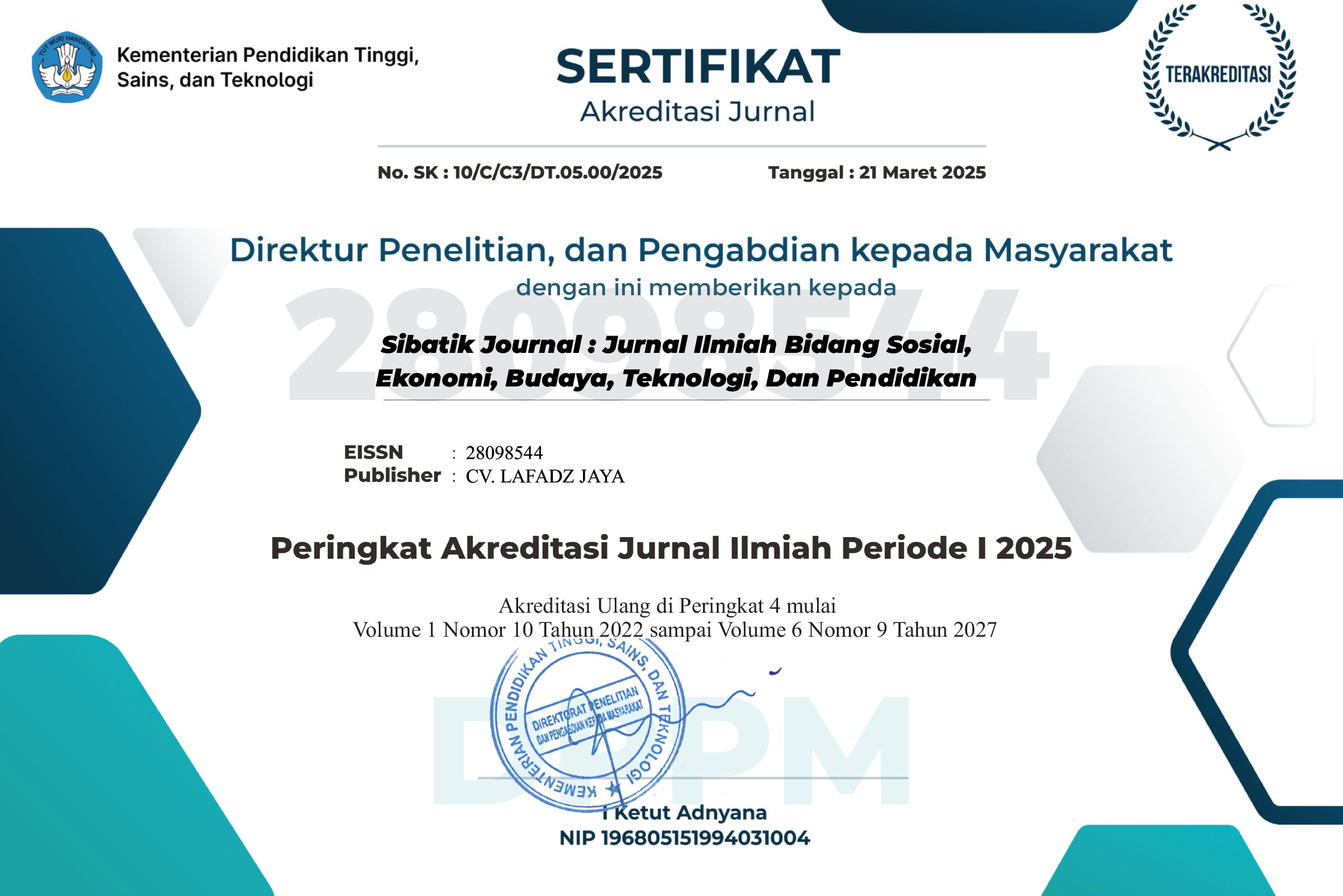ASSEMBLAGE OF WOOD PIECES AS AN EXPERIENCE OF POWER DIALOGUE IN INSTALLATION
Main Article Content
Awuni Samuel
Opoku-Bonsu Kwame
Donkor Eyram Emmanuel
Owusu Panin Kwame Baah
The powerful presence and physicality of wood has changed over time with contemporary art practices. Woodworking techniques have evolved, which has led to the expansion of its expected limits. This change and rethinking, process, forms and materiality creates a very interesting conversation. The aim of the study employed assembling of wood off cuts by using connectivity as a technique in place of carving and other methods, generating a flexible sculptural form being able to take different display experiences. Studio-based research under qualitative research design was adopted for the study. The research instruments used were observation and photographs. This expository experience in the study was used to question the dialogue of society's experiences of power. The study displays an examination of structure, convention and circumstances of power in the dialogue form depicted in the assemblage of wood pieces as an experience.
Allen, (2014) Amy, "Feminist Perspectives on Power", The Stanford Encyclopedia of Philosophy (Summer 2014 Edition).
Baigell, M. (2018). A Concise History Of American Painting And Sculpture: Revised Edition. Routledge.
Brostow, W., Datashvili, T., & Miller, H. (2010). Wood and wood derived materials. Journal of Materials Education, 32(3), 125.Chicago
Cohen, L., Manion L. (1985), Research methods in education. Elsevier Publishers.
Cottington, D. (2005). Modern art: A very short introduction. OUP Oxford.
Cresswell, J. W. (2014). Research Design: Qualitative, Quantitative, and Mixed Methods Approaches- Sage Publications
Dahl, R. A. (1957). The concept of power. Behavioral science, 2(3), 201-215.
Dahl, R. A. (2008). Democracy and its Critics. Yale university press.
Foucault, M. (1983). ―Afterword: The Subject and Power‖ in Hubert Dreyfus and Paul Rabinow (2014), Michel Foucault: Beyond Structuralism and Hermeneutics, 2nd edition: University of Chicago Press.
Foucault, M. (1983). This is not a pipe (No. 24). Univ of California Press.
Foucault, M., Canguilhem, G., Castel, R., & Boulez, P. (2009). Michel Foucault (p. 324). Orange Press.
Guzzini, S. (2005). The concept of power: a constructivist analysis. Millennium, 33(3), 495-521.
Leedy, P. D., & Ormrod, J. E. (2005). Practical research. Macmillan.
Luke, S. G. (2017). Evaluating significance in linear mixed-effects models in R. Behavior research methods, 49, 1494-1502.
Lukes, S., & Runciman, W. G. (1974). Relativism: cognitive and moral. Proceedings of the Aristotelian Society, Supplementary Volumes, 48, 165-208.
Oldmeadow, H. (2004). Journeys east: 20th century western encounters with eastern religious traditions. World Wisdom, Inc.
Sergey, Z., Roy, D., Yuri, V., Pryadilina, N. K., & Opletaev, A. S. (2018). Using the wood from improvement felling for assembling small wooden structures. Increasing the Use of Wood in the Global Bio-Economy-Proceedings of Scientific Papers, 369-373.
Stiny, G., & Gips, J. (1971, August). Shape grammar and the generative specification of painting and sculpture. In IFIP congress (2) (Vol. 2, No. 3, pp. 125-135).
Webber, M. (1978). Economy and society. New York: Bedminster.
Wegner, T., Skog, K. E., Ince, P. J., & Michler, C. J. (2010). Uses and desirable properties of wood in the 21st century. Journal of Forestry, 108(4), 165-173.

























